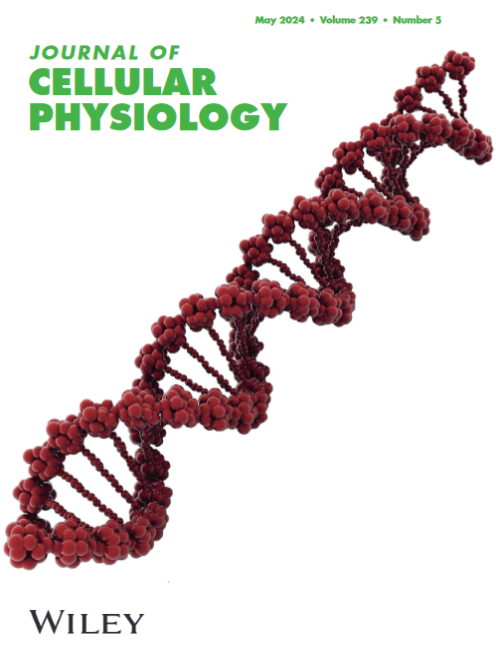H3K36 methyltransferase SMYD2 affects cell proliferation and migration in Hirschsprung's disease by regulating METTL3
Abstract
The pathogenesis of Hirschsprung's disease (HSCR) is complex. Recently, it has been found that histone modifications can alter genetic susceptibility and play important roles in the proliferation, differentiation and migration of neural crest cells. H3K36 methylation plays a significant role in gene transcriptional activation and expression, but its pathogenic mechanism in HSCR has not yet been studied. This study aimed to elucidate its role and molecular mechanism in HSCR. Western blot analysis, immunohistochemistry (IHC) and reverse transcription-quantitative PCR (RT‒qPCR) were used to investigate H3K36 methylation and methyltransferase levels in dilated and stenotic colon tissue sections from children with. We confirm that SMYD2 is the primary cause of differential H3K36 methylation and influences cell proliferation and migration in HSCR. Subsequently, quantitative detection of m6A RNA methylation revealed that SMYD2 can alter m6A methylation levels. Western blot analysis, RT-qPCR, co-immunoprecipitation (co-IP), and immunofluorescence colocalization were utilized to confirm that SMYD2 can regulate METTL3 expression and affect m6A methylation, affecting cell proliferation and migration. These results confirm that the H3K36 methyltransferase SMYD2 can affect cell proliferation and migration in Hirschsprung's disease by regulating METTL3. Our study suggested that H3K36 methylation plays an important role in HSCR, confirming that the methyltransferase SMYD2 can affect m6A methylation levels and intestinal nervous system development by regulating METTL3 expression.

 求助内容:
求助内容: 应助结果提醒方式:
应助结果提醒方式:


